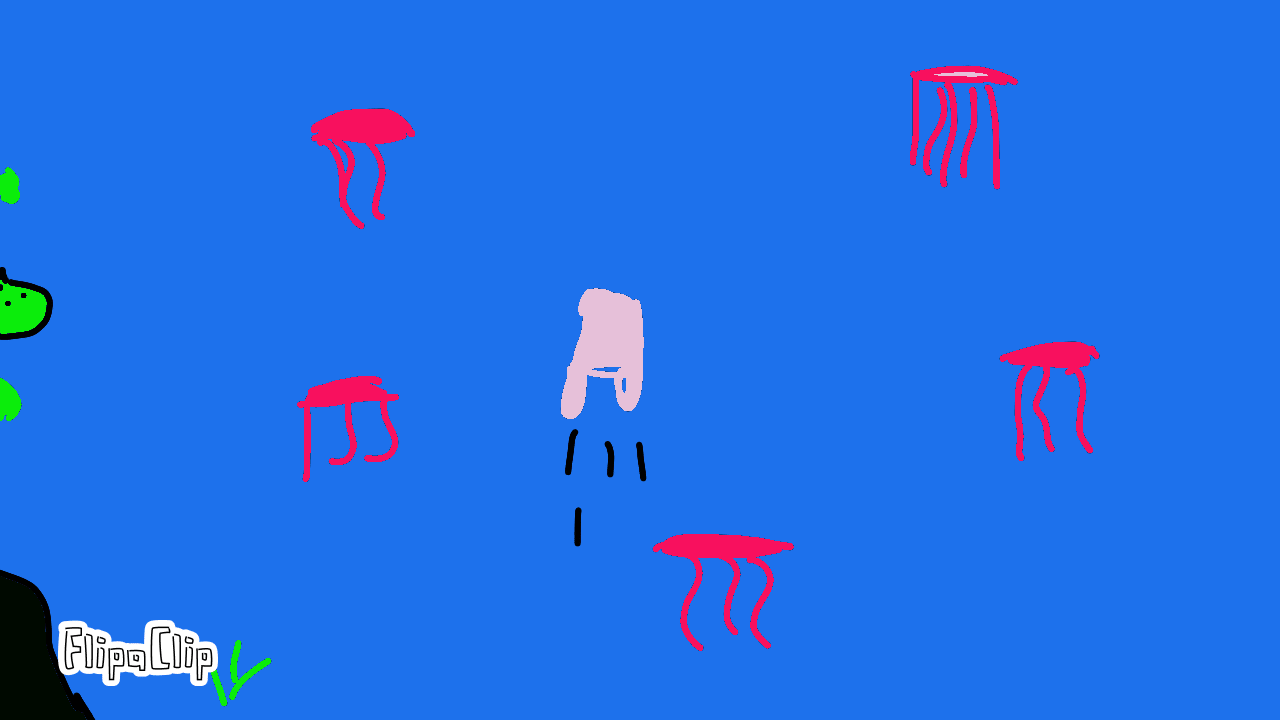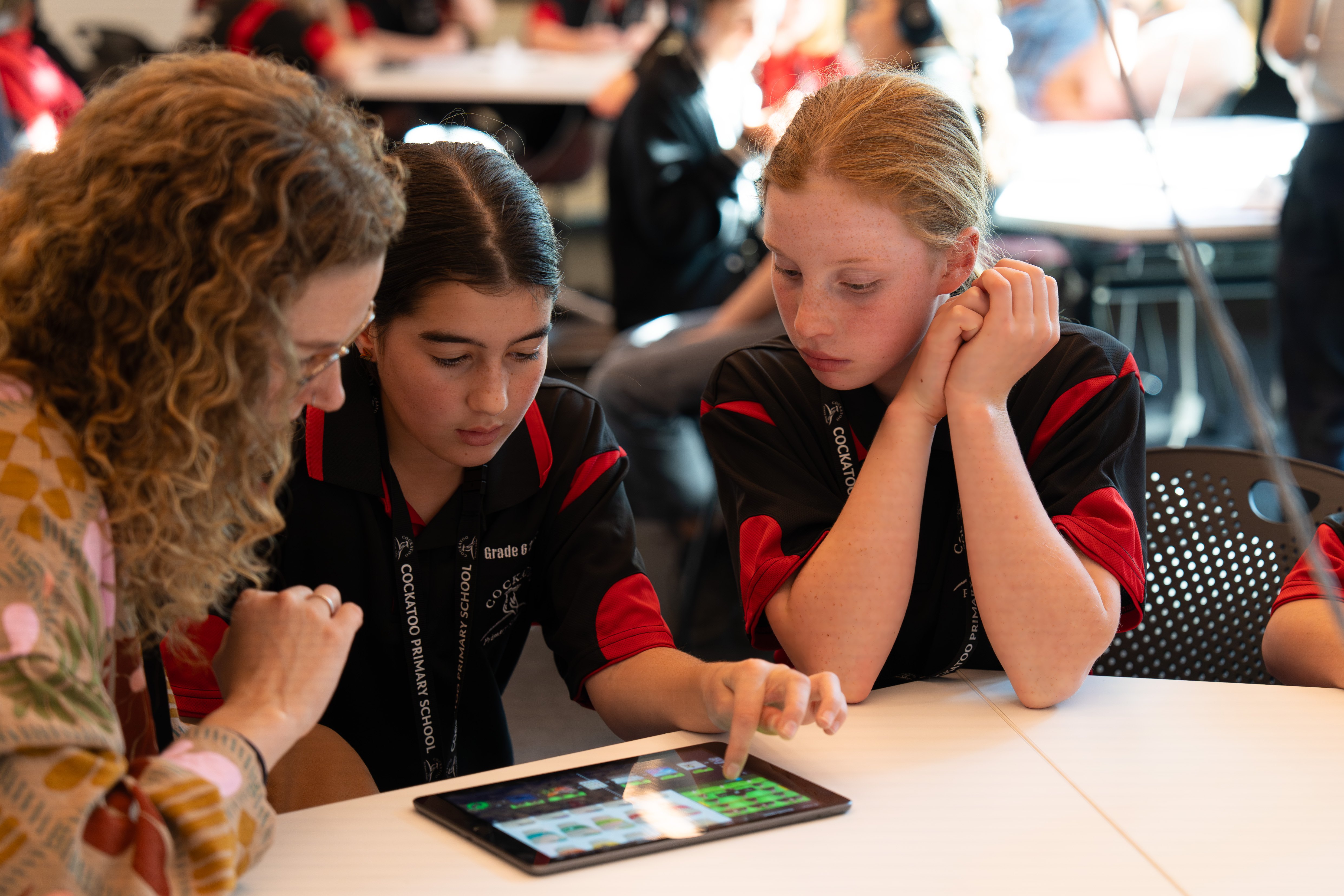
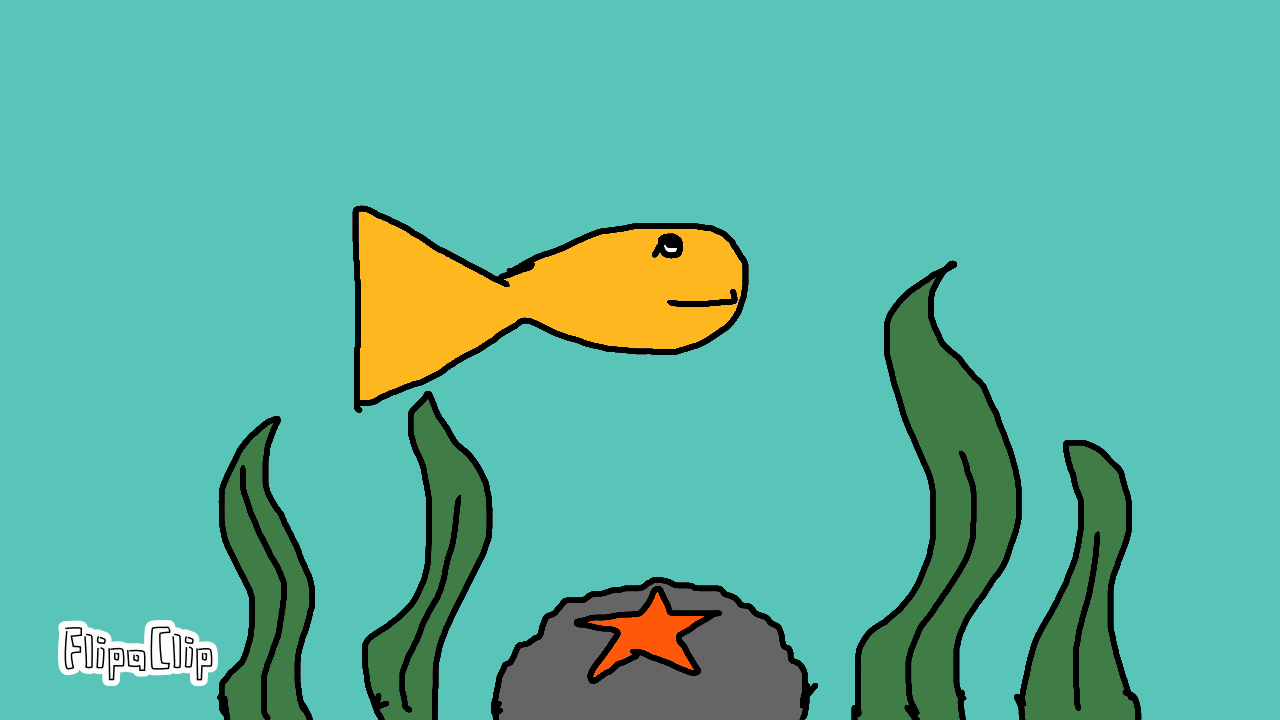
From 2021 to 2025, ACMI partnered with the Ecolinc Science and Technology Innovations Centre to offer high-ability Years 5 & 6 students from multiple government schools a dynamic two-day experience connecting science and the creative arts. They were inspired to value scientific knowledge and media literacy as tools for change, and empowered to transform feelings of helplessness into voice and agency.
Presented as part of the Victorian Challenge and Enrichment Series, our program examined and responded to the urgent issues raised in A Plastic Ocean (Craig Leeson, 2016), a powerful and eye-opening documentary exposing the devastating impact of plastic pollution on marine life and our oceans.
Connecting science and media arts
Through our partnership, ACMI and Ecolinc aimed to show how scientific understanding and effective communication can work together to drive meaningful change. The screening of A Plastic Ocean highlighted the power of screen-based media to draw attention to an issue and help shape public opinion.
Although participating students watched an abridged schools version of this impactful documentary, they were confronted with images of birds and marine animals stuffed full of plastic and staggering statistics about the quantity and catastrophic consequences of plastic in the ocean. Having presented its audience with this distressing information, the documentary concludes with examples of inspiring change-makers as well as encouragement for individual and community action.
Regardless of the seeds of hope offered in the final section of the documentary, the vision of the world presented in A Plastic Ocean is a lot – too much – for an eleven or twelve-year-old to grapple with on their own and without support. However, within the context of this program, students were not only equipped with practical, real-world scientific knowledge and understanding, but also taught media skills that helped them transform knowledge into action.
At Ecolinc
Onsite at Ecolinc in Bacchus Marsh, the students explored the science of plastics through activities that included: investigating microplastics under a microscope, creating eco-friendly bioplastic out of milk, and looking at a range of solutions including digital tools such as the Beat the Microbead app. Armed with this scientific knowledge and activated by both the film and what they learned at Ecolinc, the students then visited ACMI for the second day of the program.
At ACMI
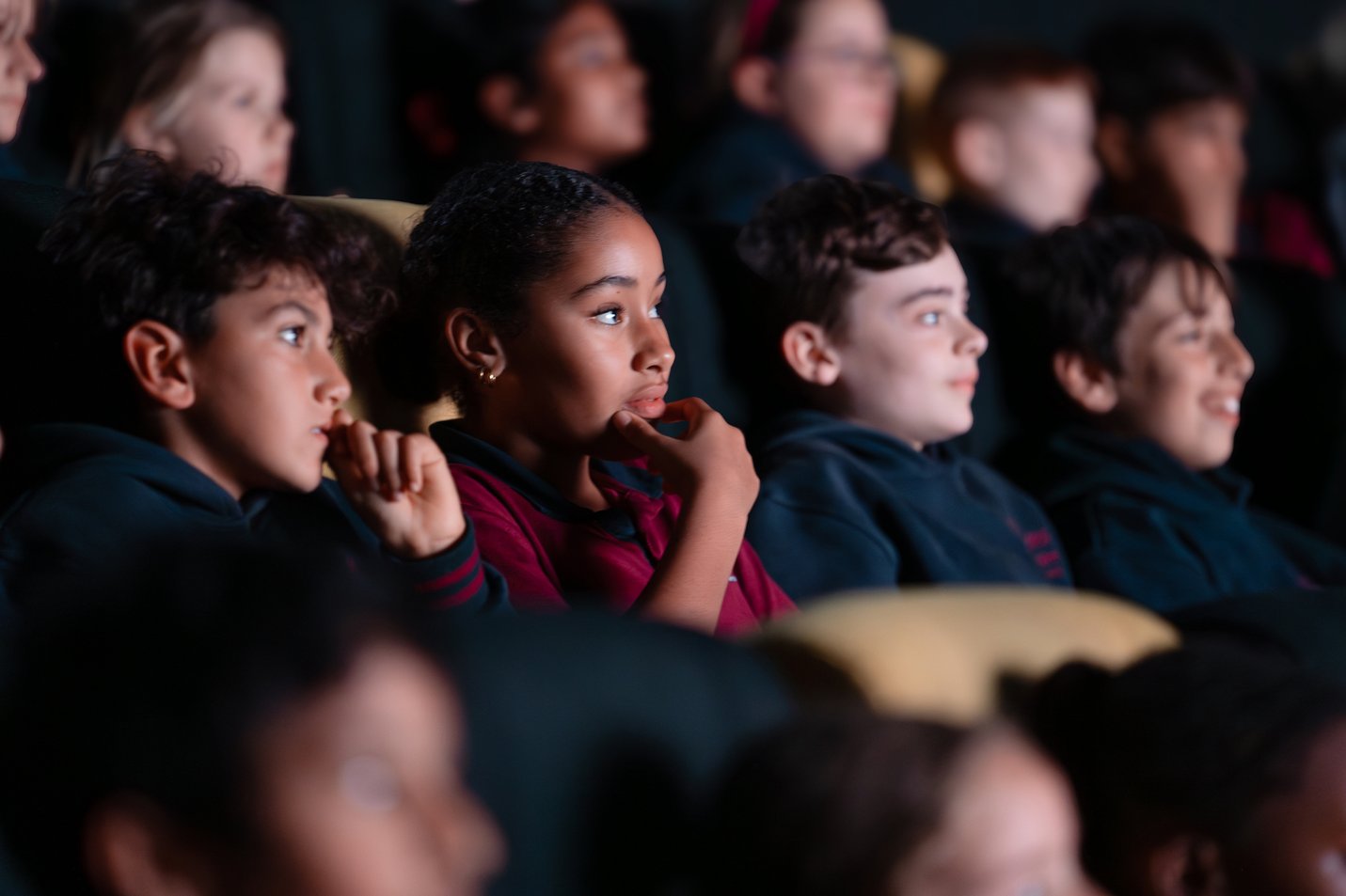
The day at ACMI began with students gathering together to reflect on what they had learned and discovered at Ecolinc. They then engaged in a talk that introduced screen analysis strategies for examining the film language and techniques used in A Plastic Ocean to convey its powerful message. The focus was on learning how to communicate effectively with an audience to encourage them to listen, learn and then act.
Creative workshops
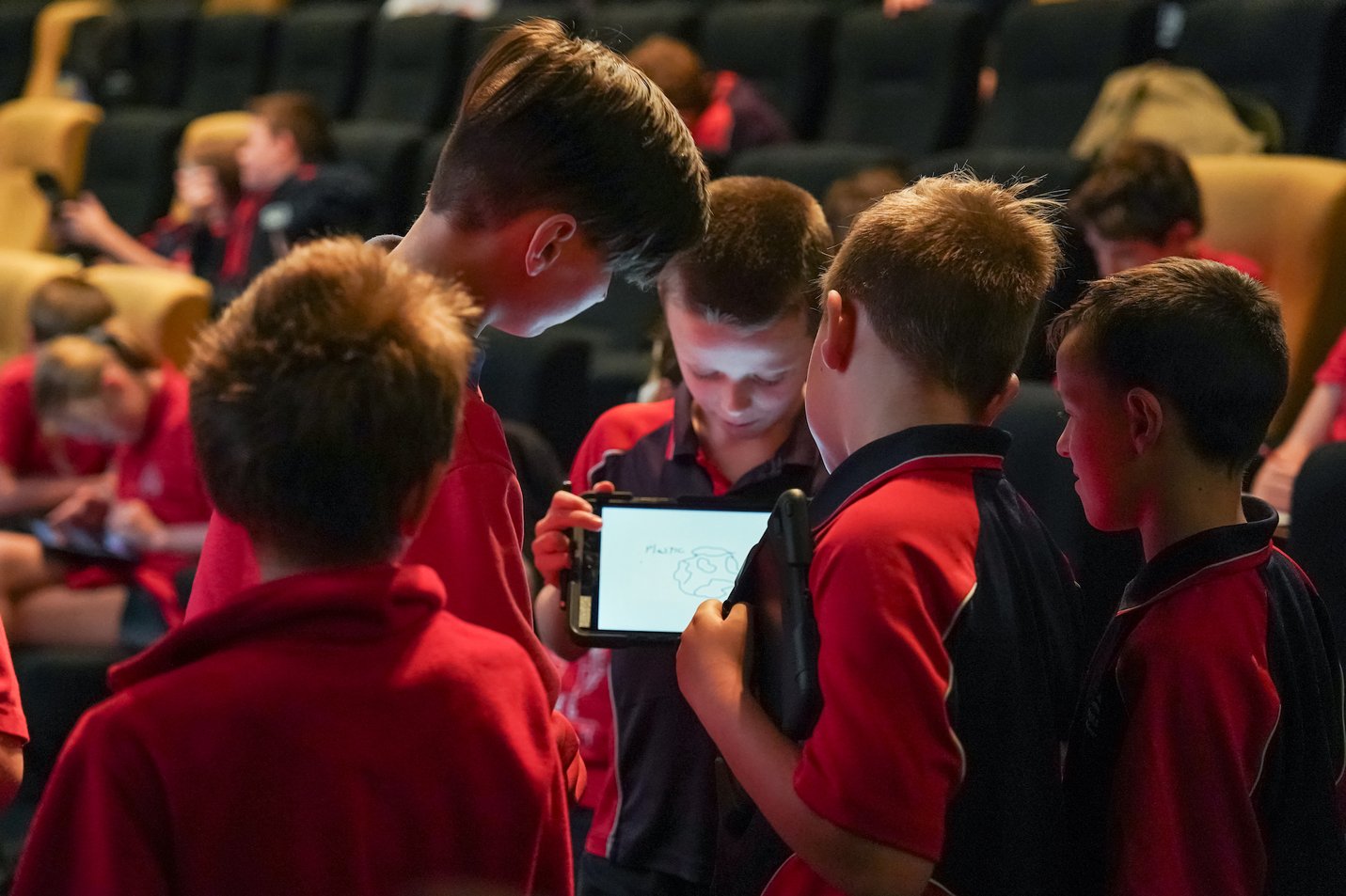
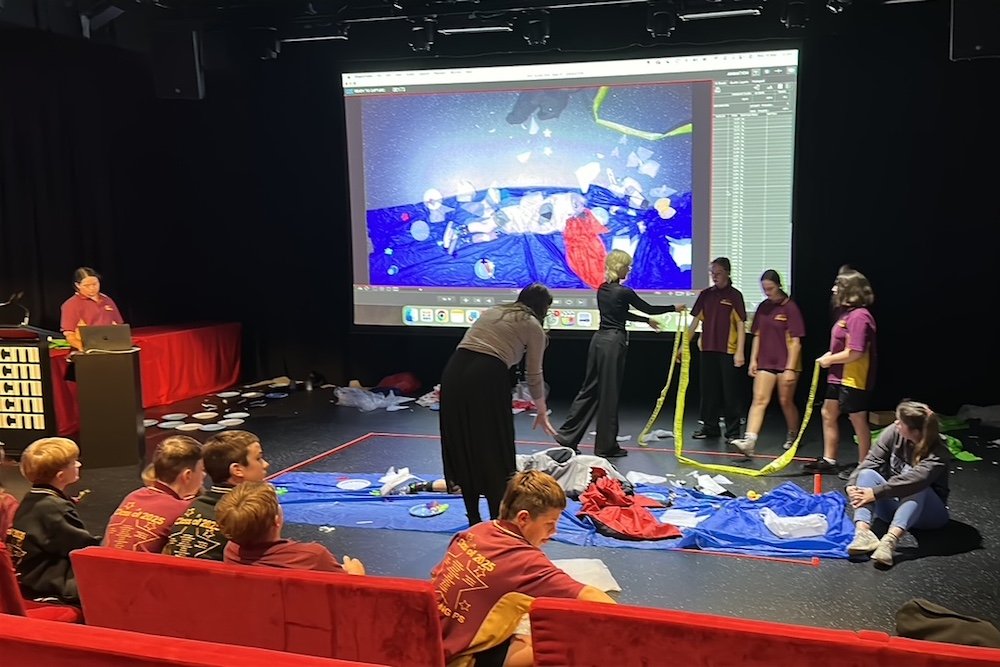
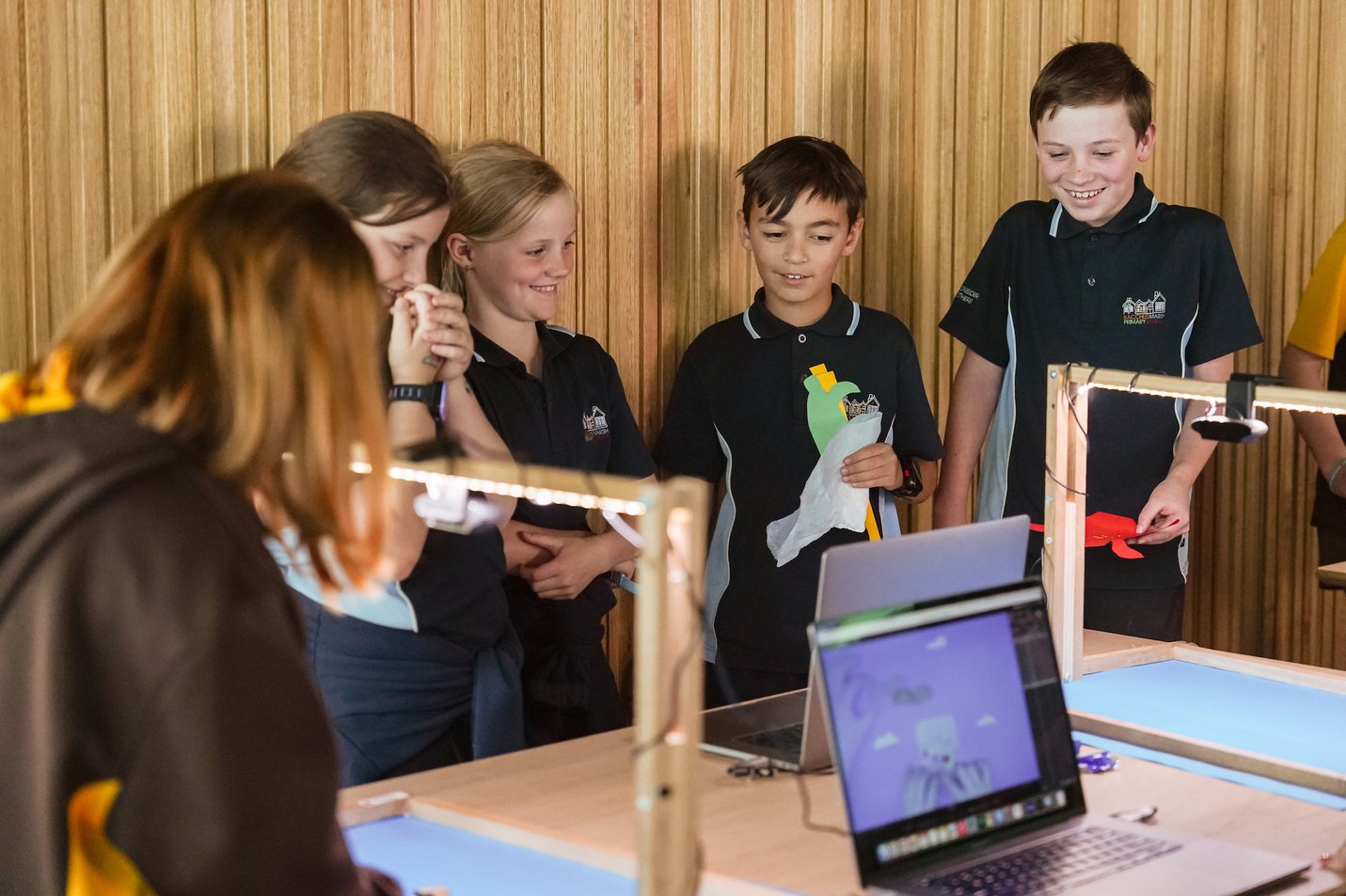
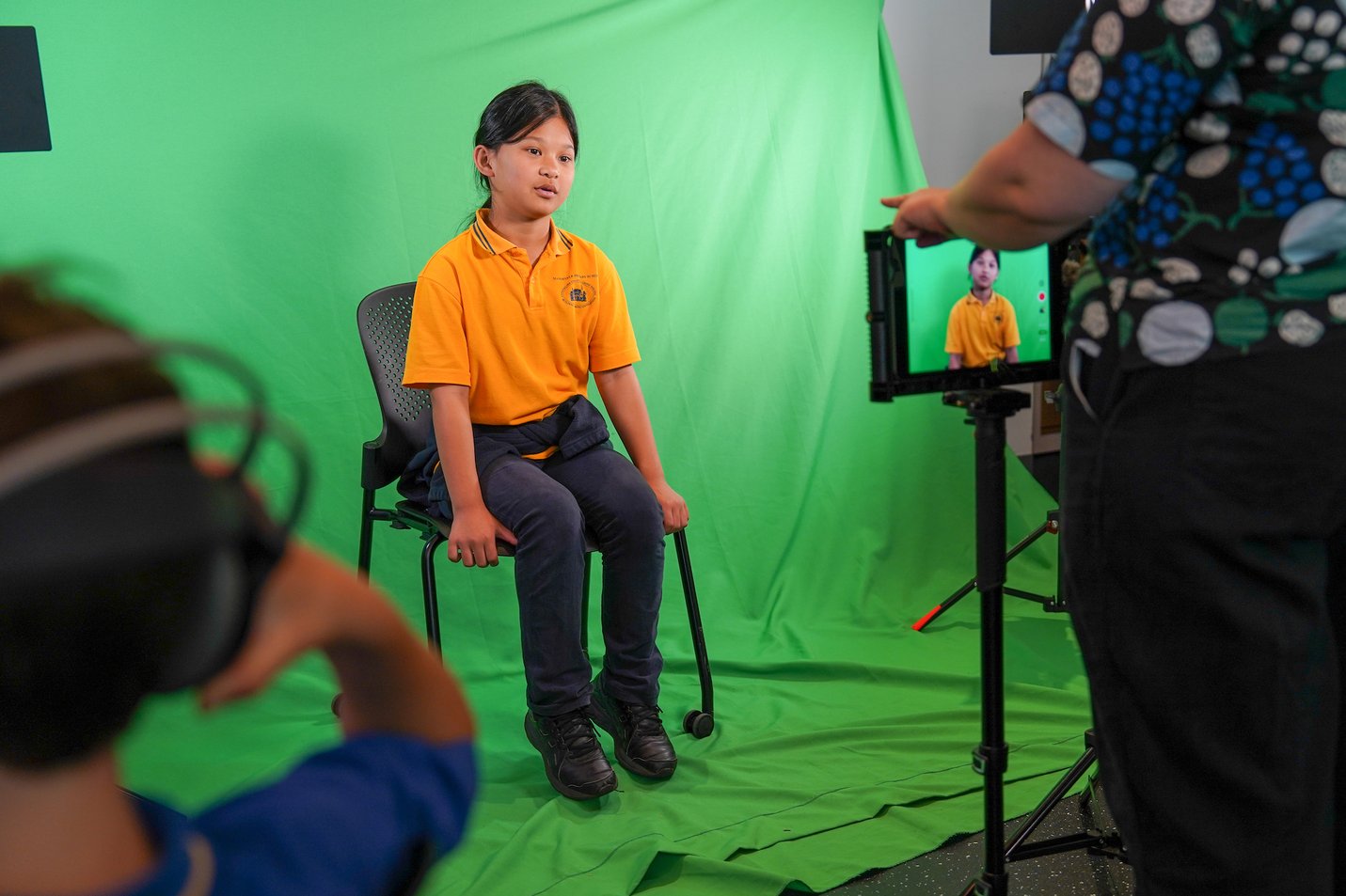
After the Media 101 session, the students were divided into creative teams and headed into one of four workshops based on different moving-image techniques: stop-motion animation, collective filmmaking, pixilation/top-down animation, or digital flipbook animation. Within each workshop, students synthesised the knowledge they had acquired, decided on the key insight or message they wanted to share with their audience, and then created a targeted media message.
The students' final productions were of varying quality, but the emphasis was on process rather than a perfect outcome. This program was developed to build awareness about a hugely significant environmental issue and then provide students with tools to create an active response to what they had learned, through sharing a message and connecting with others to build change. The students weren’t just recalling knowledge; they were transforming it into something personal and purposeful.
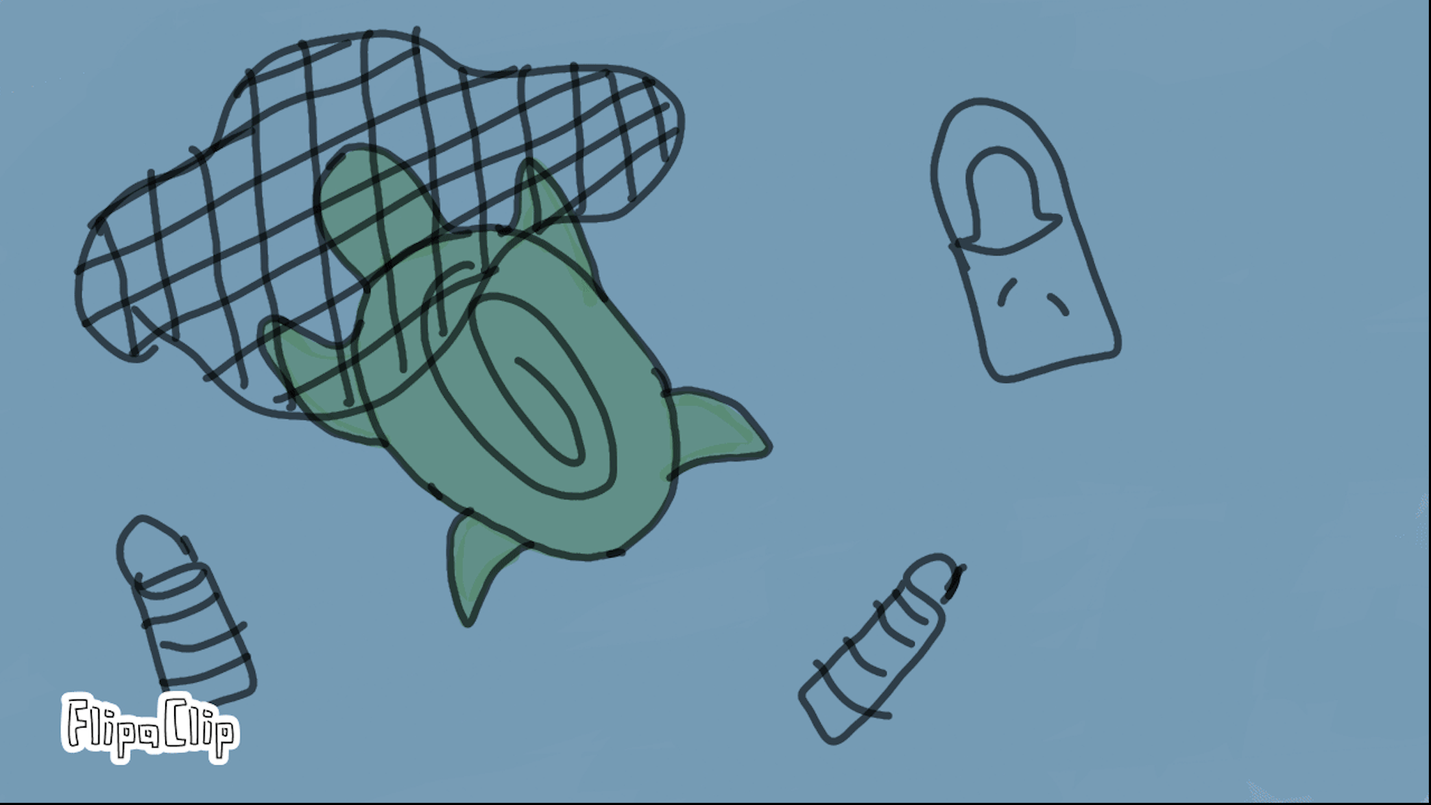
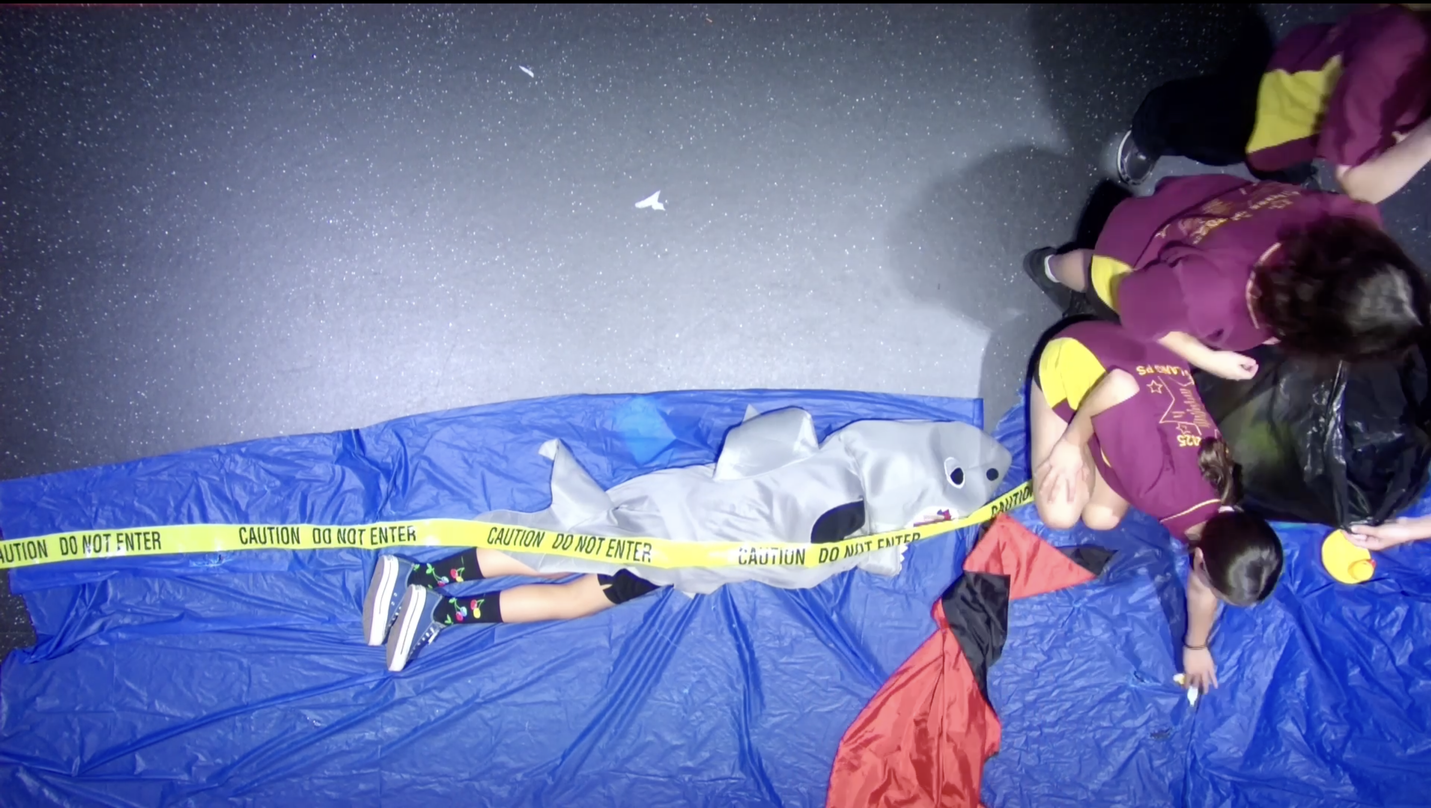
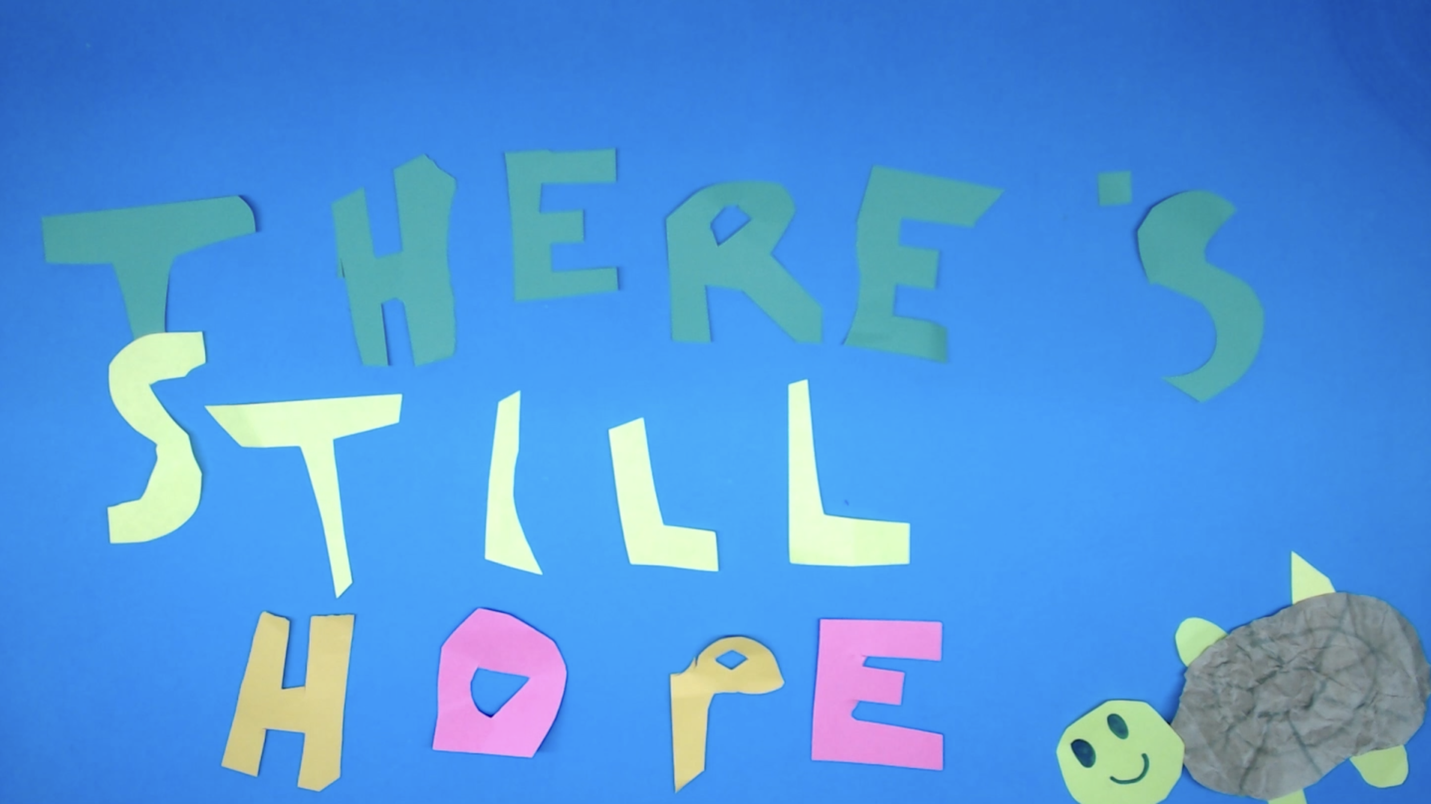
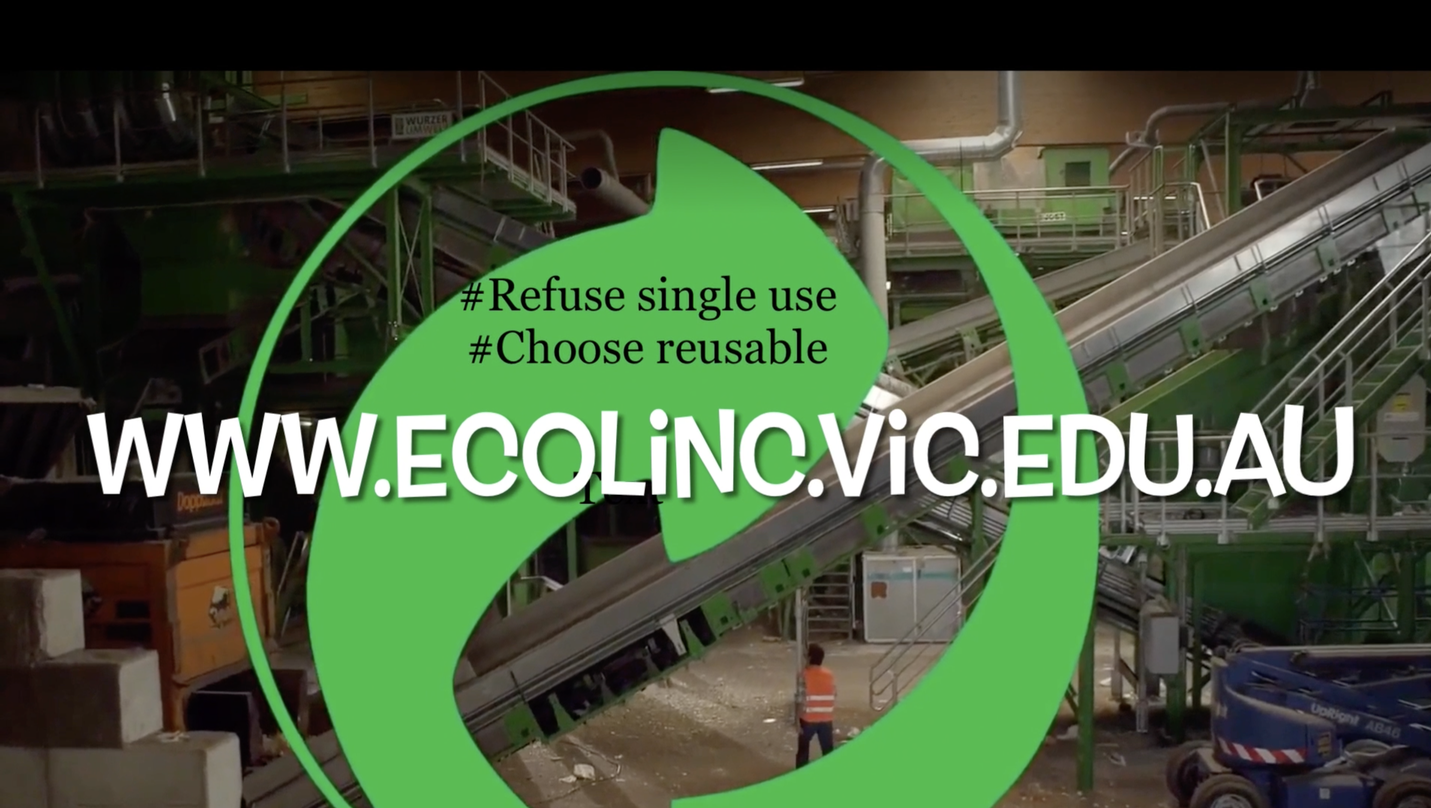
Screening the work
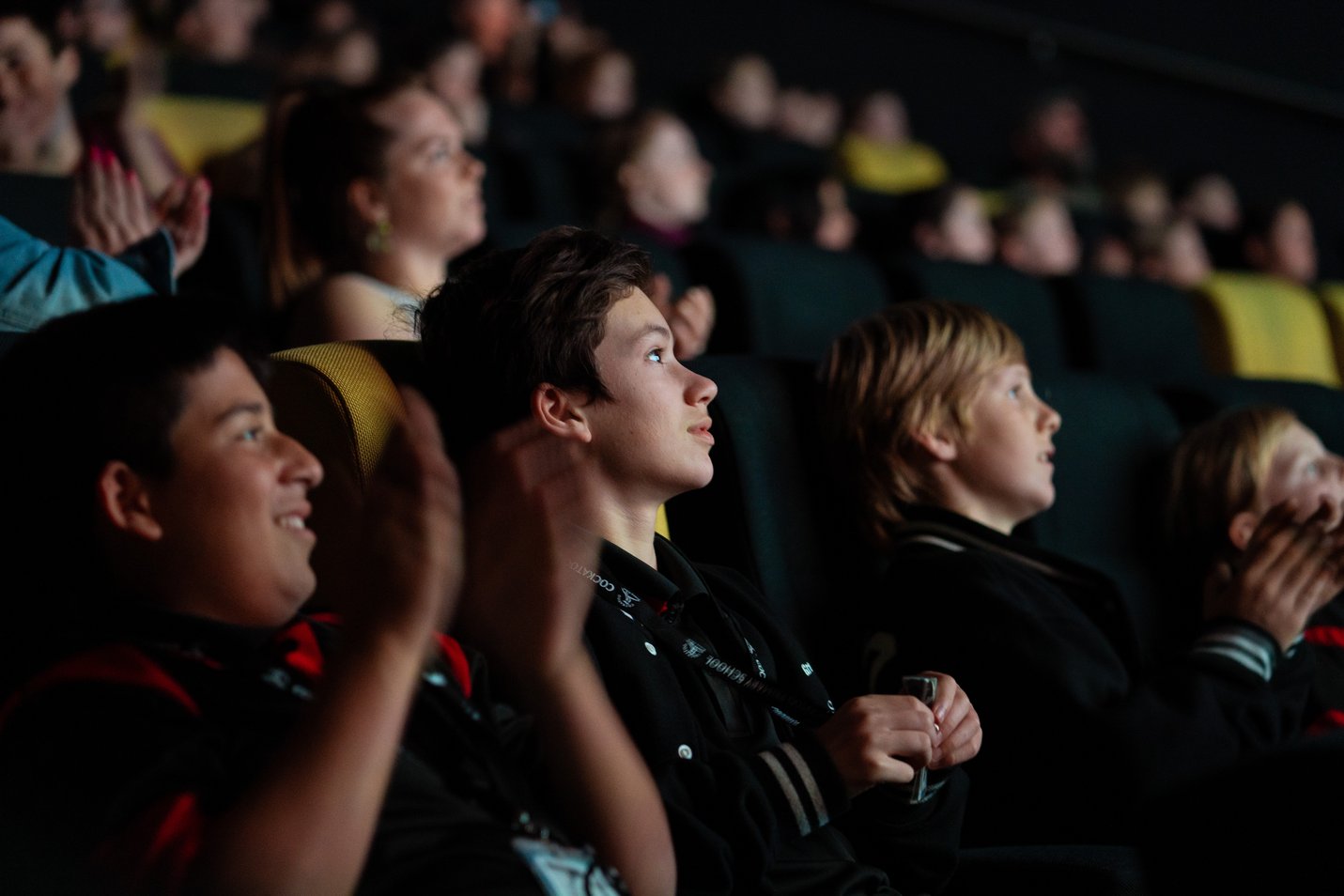
In the initial iteration of this program, students remained in their workshop groups to watch what they had created. It's very rewarding to see your work projected onto a big screen and share it with others. With this in mind, we tweaked the timing of the program, so that at the end of the day all of the participating students and teachers gathered back together in the cinema to share what they had created and get a taste of what others had made using a different moving image form. It's not every day that creators get to view their work on a cinema screen, and this final shared screening generated heaps of excitement and a great sense of camaraderie.
After the screening, the students headed off into the future committed to sharing what they had learned with others, taking them on a journey from anger to hope to action.
